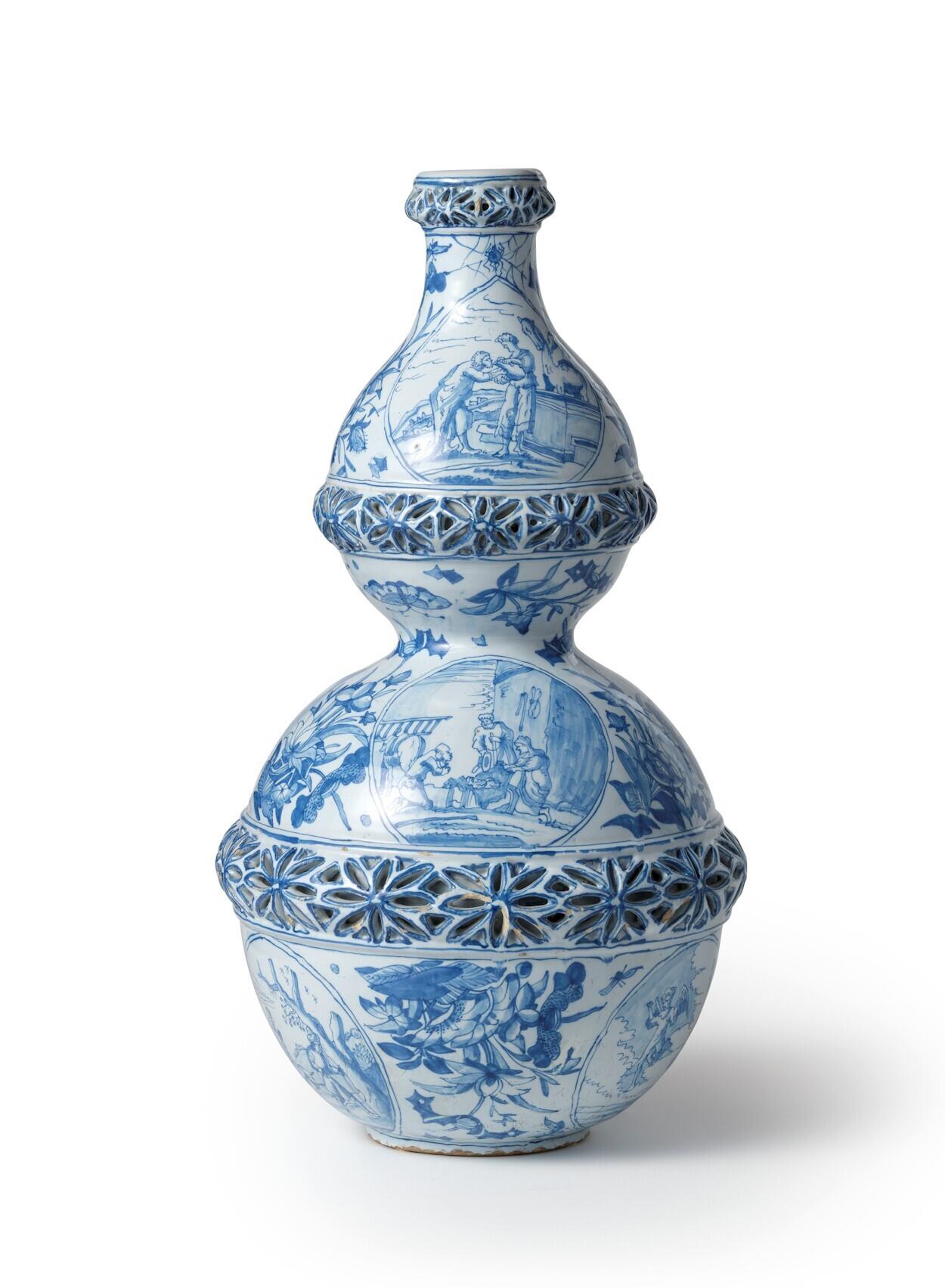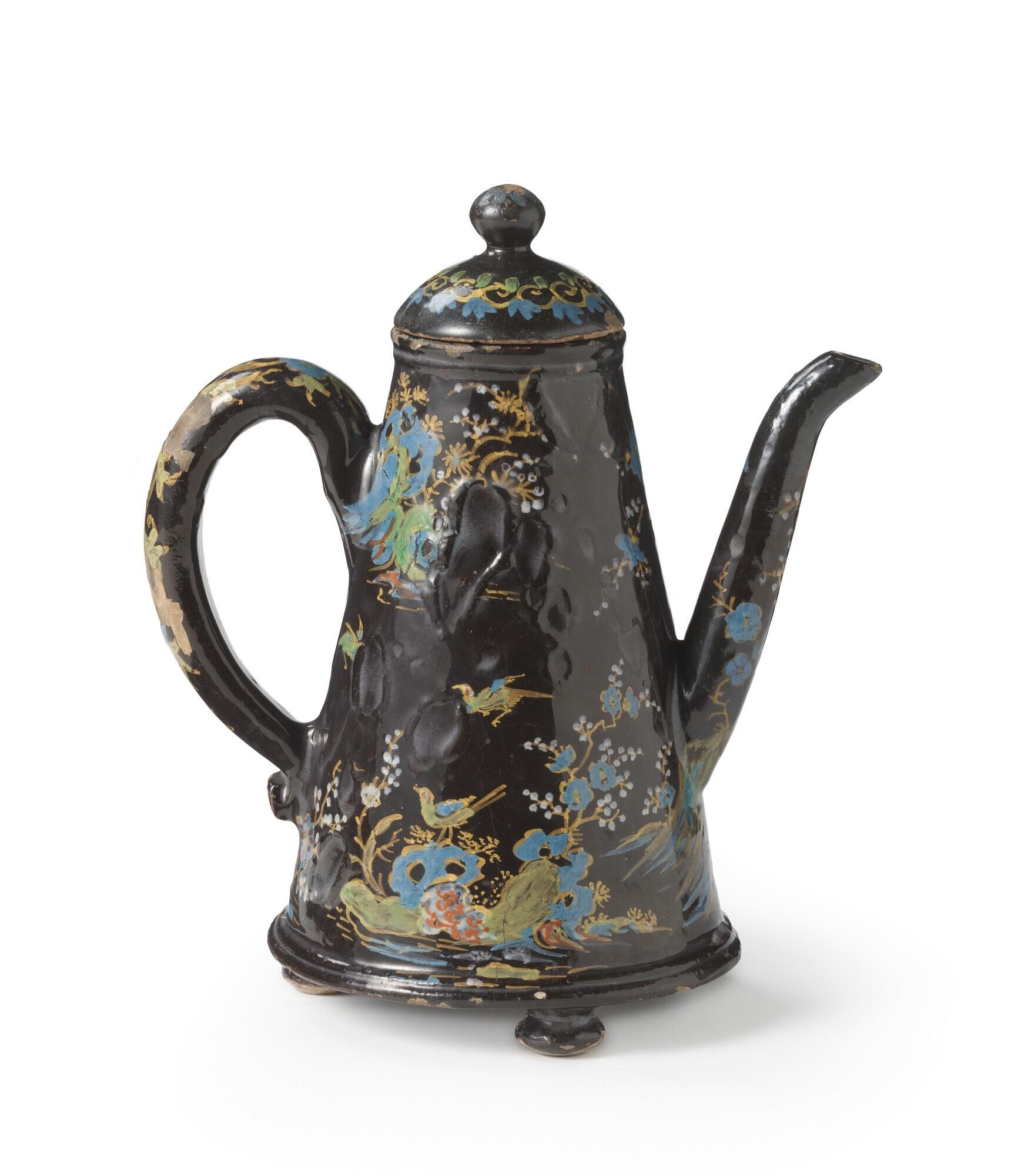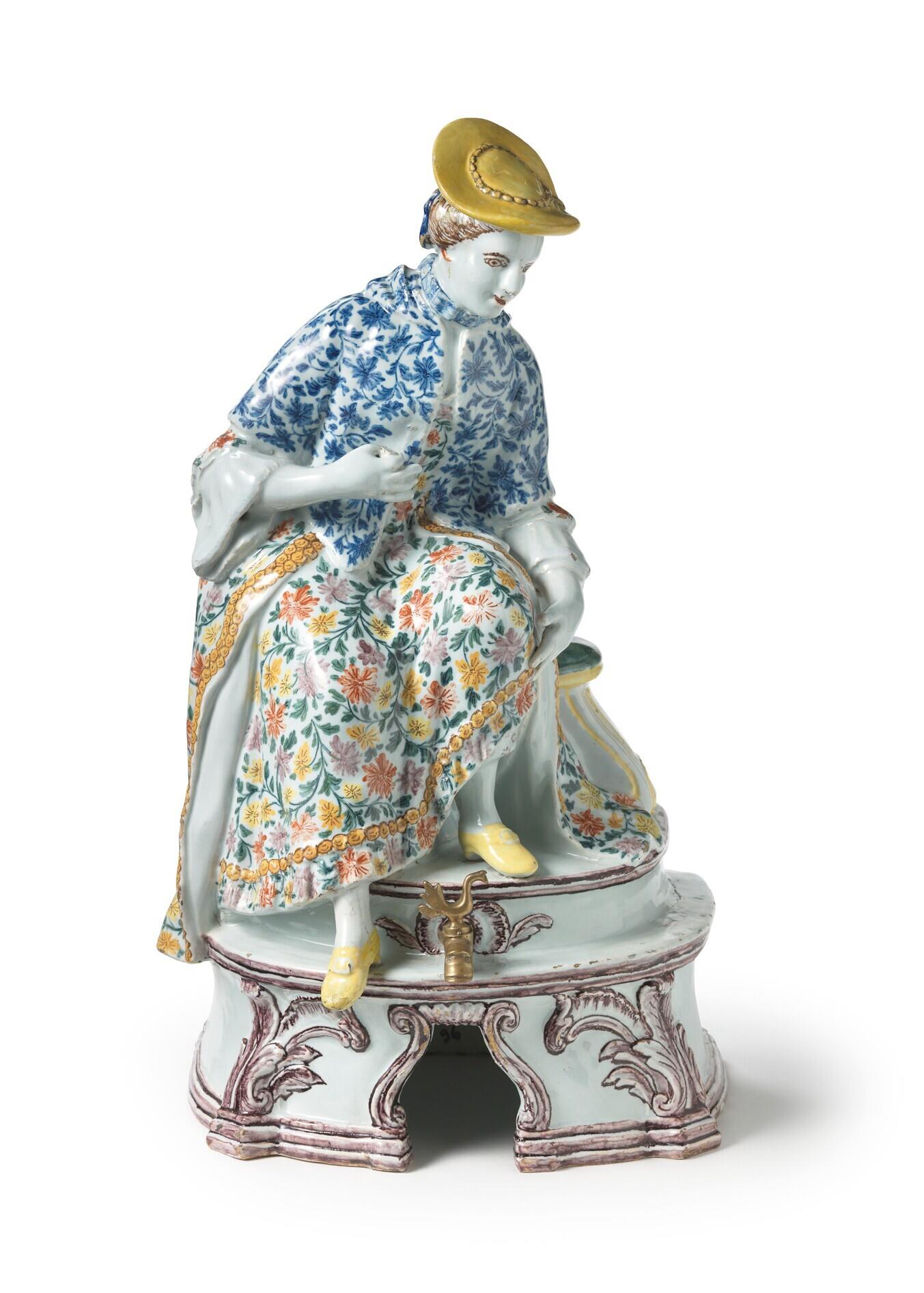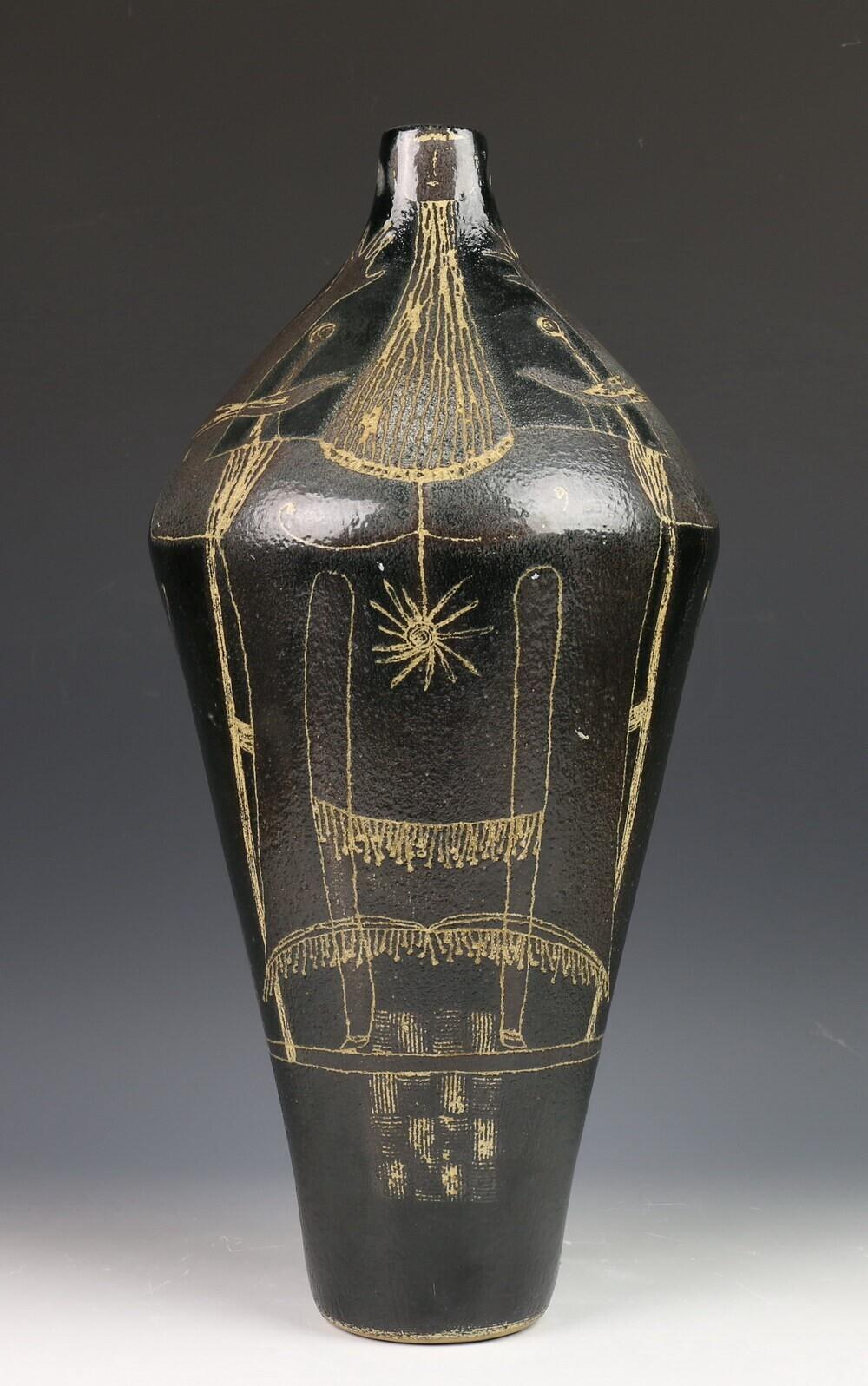
Delftware
02.02.2024 until
02.02.2024
See
The Museum Prinsenhof Delft holds a brilliant collection of Delft earthenware from the 17th to the 21st century. You will find unique masterpieces there, of course, such as a pair of flower holders and a set of pike tureens, but important archaeological finds as well. The Prinsenhof shows the development of the world-famous Delftware in the city where it was made. For the traces of the Delft earthenware industry can only be found here, in Delft.
The Origin of Delftware
From the early 17th century, the Dutch East India Company (VOC) shipped Chinese porcelain to the Netherlands. This strong, thin, white ceramic looked nothing like the breakable, thick, reddish-brown earthenware being made in the Netherlands. This Chinese porcelain became, then, hugely popular. Dutch potters tried to imitate the Chinese models. They encountered a technical problem doing so: there was no white porcelain clay in Dutch soil. By adapting their clay mixture and covering their objects completely in white tin glaze, the potters nevertheless managed to make a similar product. And like the makers of Chinese porcelain, they painted their objects in blue.

Charger with the Eight Immortals, De Metaale Pot, 1691-1721, tinglazed earthenware. Photo Tom Haartsen
Royal Allure
In the 17th century, the manufacture of the so-called Hollants porceleyn was concentrated in Delft. Expert knowledge was present in this city and it was well-placed geographically. In the city’s vibrant artistic climate, potters and painters inspired each other. Around 1700, the Delft earthenware industry reached an artistic and technical peak. At that time, no fewer than 33 potteries were active in the city. In the late 17th century, Mary II, queen of England and wife of stadtholder William III, commissioned a range of showpieces at pottery De Grieksche A, lending royal allure to Delft earthenware.

Tile from the Water Gallery at Hampton Court, De Grieksche A, 1689-1694, tinglazed earthenware, on loan from the Rijksdienst voor het Cultureel Erfgoed. Photo Tom Haartsen
International Competition
Once porcelain clay had been found in Germany and France at the beginning of the 18th century, the Delft earthenware industry had to deal with competition from porcelain factories there. At the same time, Chinese porcelain was becoming less expensive and English potters had developed creamware, an inexpensive and strong kind of ceramics. Delft potters tried to survive by offering a wide range of earthenware. To no avail: by the beginning of the 19th century, only a few Delft potteries remained. Still, even in the 18th century large showpieces of Delft earthenware were made, objects that could hold their own next to the products of the foreign competition.

Pair of turines in the shape of a basket with pikes, De Porceleyne Schotel, 1764-72, tinglazed earthenware, acquisition with support of the Vereniging Rembrandt and Stichting Van Oosten–Oosterholt. Photo Albertine Dijkema
New Delfts
Around 1880, the Delft earthenware industry experienced a revival. De Porceleyne Fles, the last surviving pottery, began to produce ‘New Delft’: vases, sculptures and tile panels in Art Nouveau style, made with new materials and techniques. In 1955, De Porceleyne Fles established the Experimental Department. Unique pieces of ceramic art were made there, largely by women makers. Today, contemporary ceramicists and artists find inspiration in the history and iconic status of Delftware.

Garniture, Leon Senf, De Porceleyne Fles, 1910-29, earthenware, on loan from the Rijksdienst voor het Cultureel Erfgoed, acquisition with support of the Vereniging Rembrandt. Photo Tom Haartsen




